Dan Nelken, New York, United States of America
Dan Nelken has been a professional photographer in New York City where he has run a successful Studio specializing in portraits and lifestyles for advertising, editorial and design clients for more years then he is willing to admit.
During that time he has continued working on multi-year personal projects such as portraits and lifestyles of Demolition Derby participants called “Smash’em Crash’em, documenting signs created by panhandlers and the homeless titled “Signs Of The Times,” and bathtub portraits, “Water Babies” to name a few.
His first book was, "Till the Cows Come Home: County Fair Portraits,” published by Kerhrer Verlag. The works was exhibited in Germany at the Robert Morat Galerie in Hamburg and photographs from the book were published in Foto Magazine, Photo International, American Photography Annual 25, British Journal of Photography and The Smithsonian.
Smash’em Crash’em
Demolition Derby: An American invention and cultural phenomena.
Rules: About a dozen cars in an arena crash into each other until the last car moving is declared the winner.
Equipment:One car stripped of all its glass, chrome and plastic. The doors & trunk are welded shut to prevent them from popping open when they are hit. The battery is usually strapped on the passenger seat to prevent its displacement when front-end collisions occur. The car is ready, but now the drivers wait for their turn. Sometimes having to wait up to two hours when around 100 cars are participating.
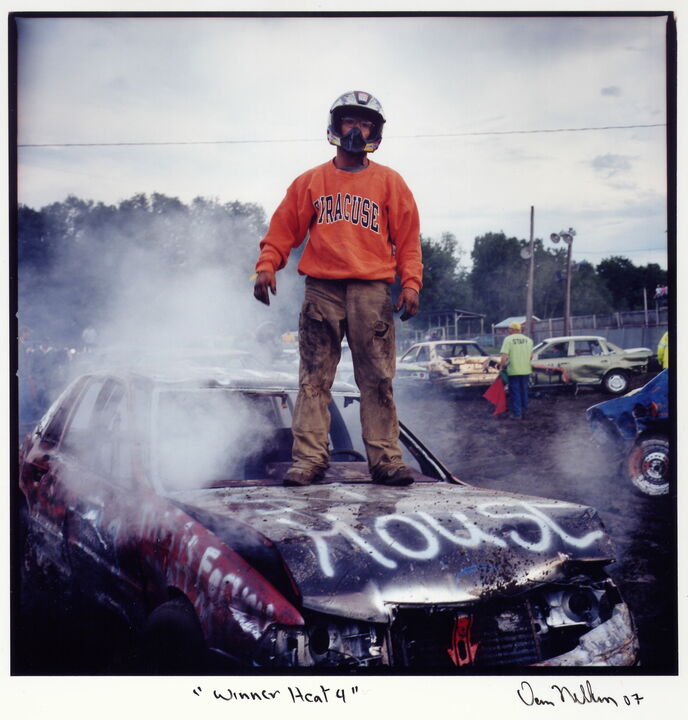
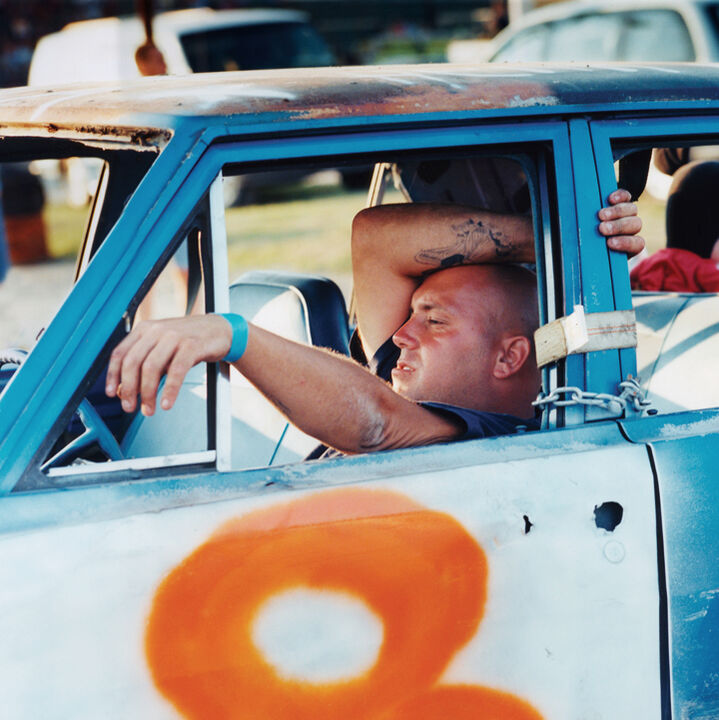
Industrial Memories
This project came about because a fellow artist who used the facility to have steel pieces fabricated for him told me about this place. It was a place that I went to explore for a couple of years whenever I did not have any commercial assignments.
Founded in 1918, Jersey City Welding specializes in custom steel fabrication roll work. They have outlived their competitors, many of whom folded during sagging economic or post-modern expansion. They survive on unique, custom piece work for the architectural and steel fabrication industry.
I would come in and look and stare. Some days I could find quite a few things to photograph and other days hardly anything at all. In my second year of visiting the facility I realized that it was all about my state of mind at the moment rather then the subjects that were available to me.
One day while I was photographing a piece of machinery, one of the workers who I had known for awhile came over to me and asked, "Is this what you call art?" I was taken aback by the question and said, “Some people might consider this art.” “Do you make a living doing this?” he continued. “No, not yet.” I replied.
Dan Nelken, June 2010
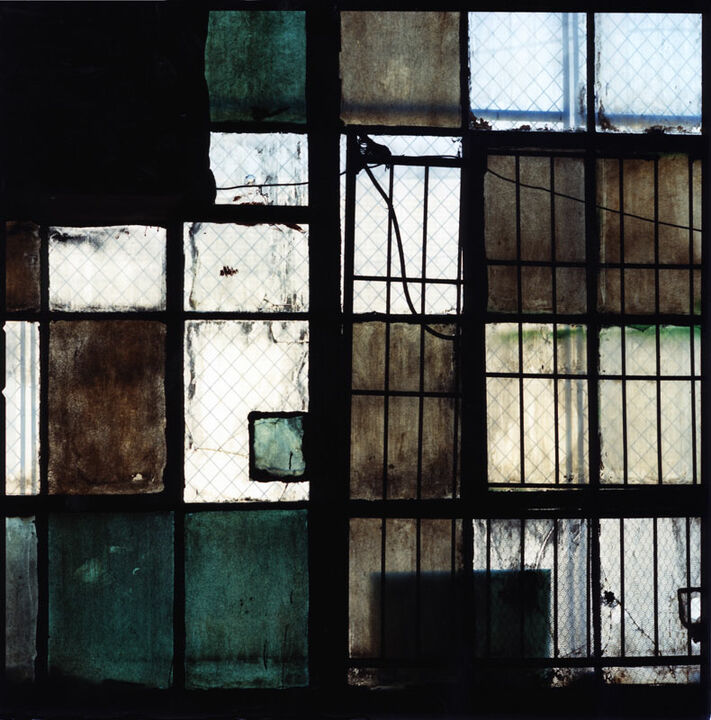
Till the Cows Come Home
Our project, Till the Cows Come Home, seeks to document the impact of the vanishing family farm on individuals whose lives intersect at rural county fairs. A staple of rural agricultural communities for more than 150 years, county fairs are diminishing as family farms disappear at alarming rates. In some counties, they exist solely for the rite of the demolition derby or the distraction of the carnival midway, with agricultural exhibits no longer relevant. For many attendees, the county fair is an oddity of quaintness and amusement. To those who participate, the fair has its roots in traditional farm values, economics, and social integrity.
Where family farming remains strong, the vitality of the agricultural exhibits comes from the young people who show there, some as young at 6-years-old. The work is hard, the hours long, and their dedication inexorable. In addition to the agricultural exhibits, we document the omnipresent carnival midway and the paradoxical, yet oddly patriotic, demolition derby. Surprisingly, these three separate entities demonstrate similar dedication to their tasks even as they differ in their cultural bearing.
The stories of the participants are the heart of our project. The rural fair provides an outlet for self-expression that is grounded in rural society’s system of values. Our portraits and prose are intended to reflect the reality of this observation. Participants are photographed with the object or objects of their passionate attention in the local environment of the fair. Accompanying original text is a descriptive narrative gleaned from interviews. Some direct quotations may be incorporated.
Dan Nelken, June 2005
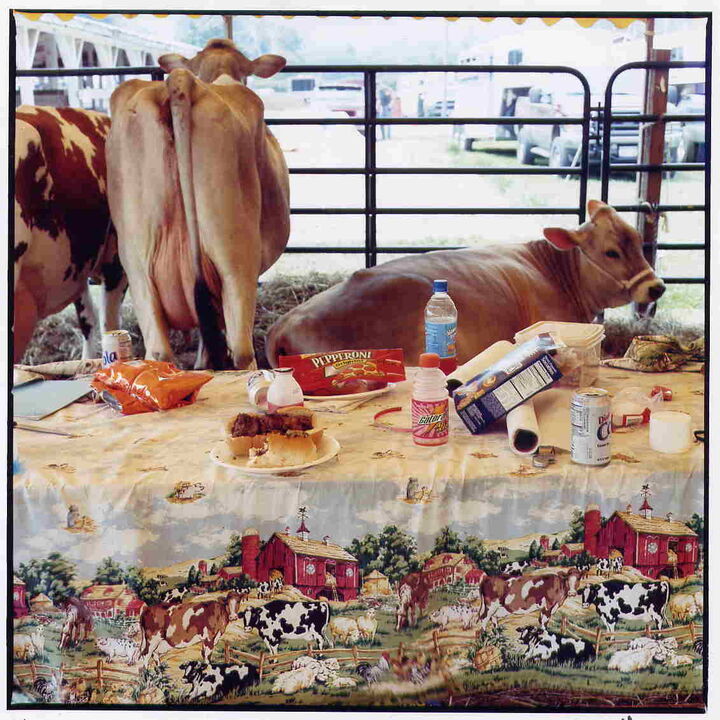
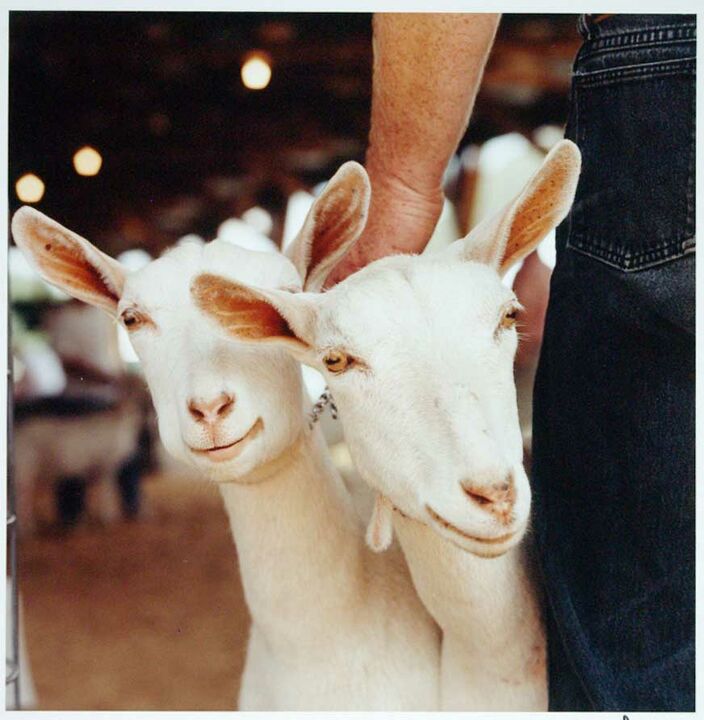
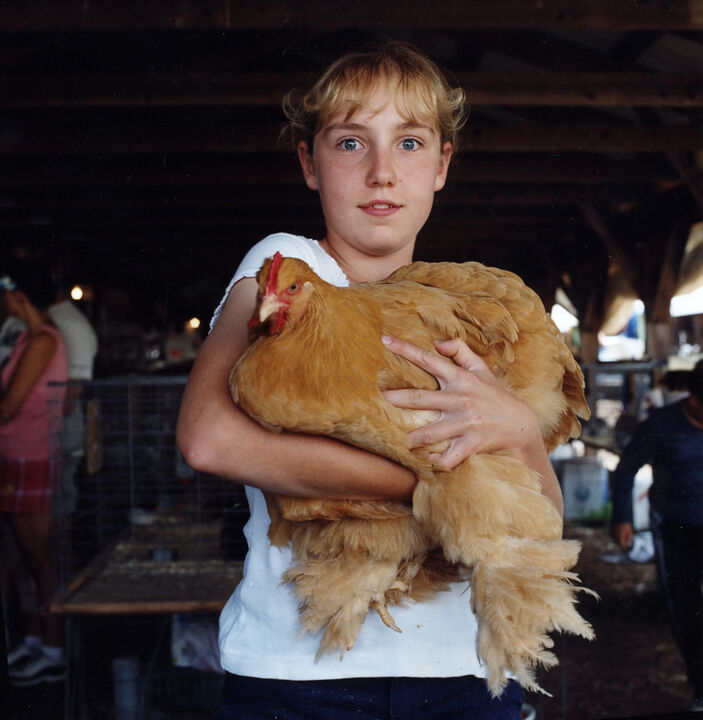
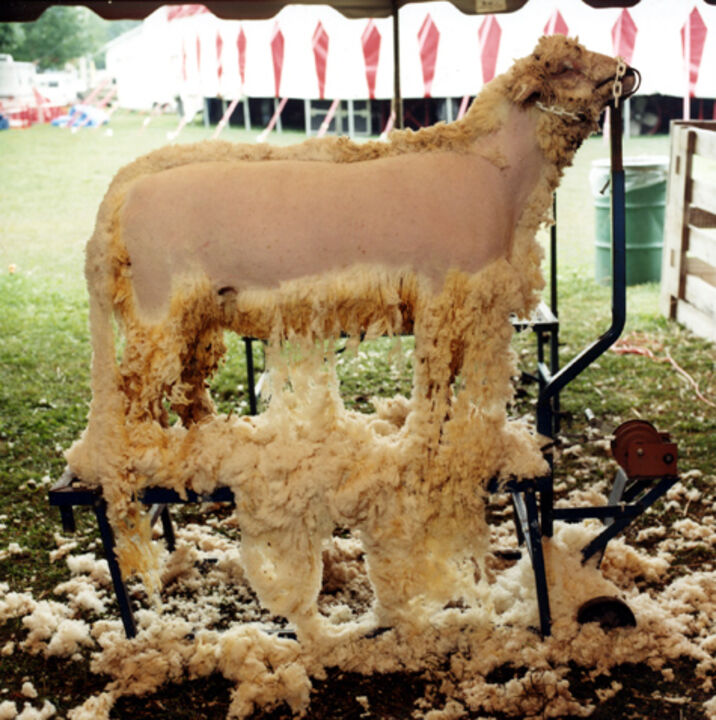
Other
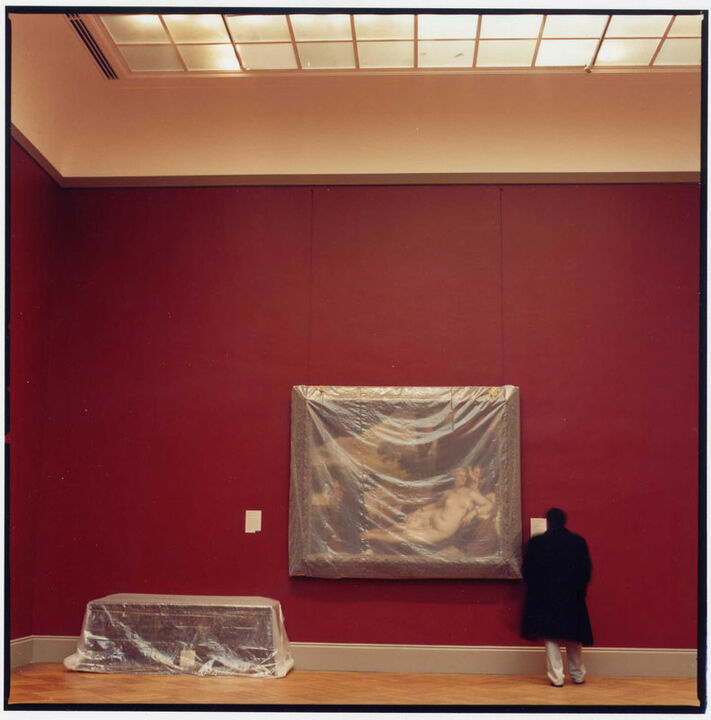
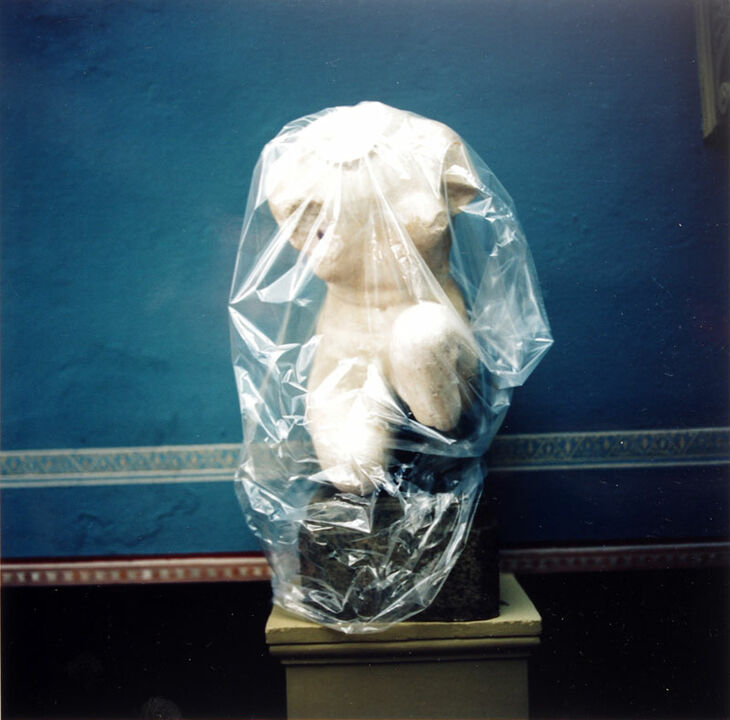
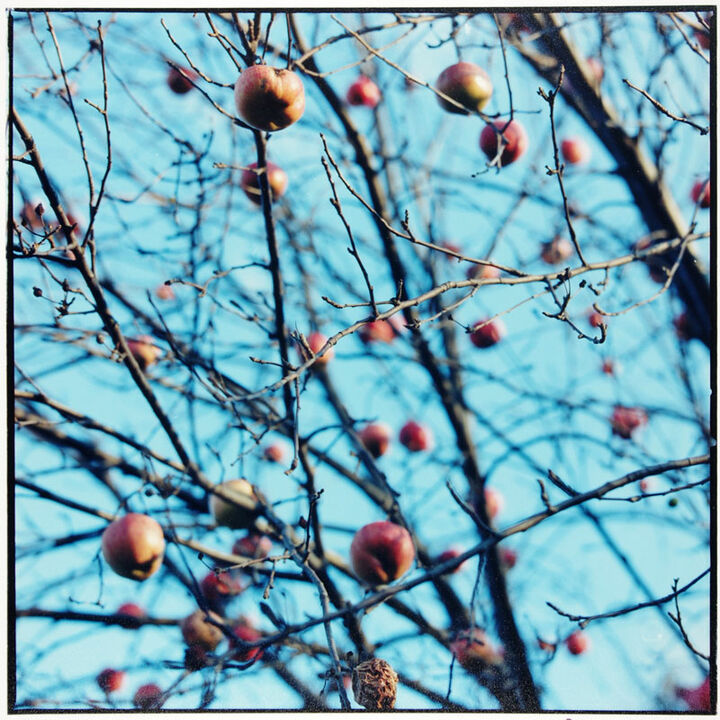
Collections
International Center of Photography, New York, NY
Portland Art Museum, Portland, OR
Houston Museum of Fine Arts, Texas
The Center for Photography at Woodstock, Woodstock, NY
Beth Hatefutsoth Museum, Jerusalem, Israel
Books
Till the Cows Come Home: County Fair Portraits,” published by Kerhrer Verlag








